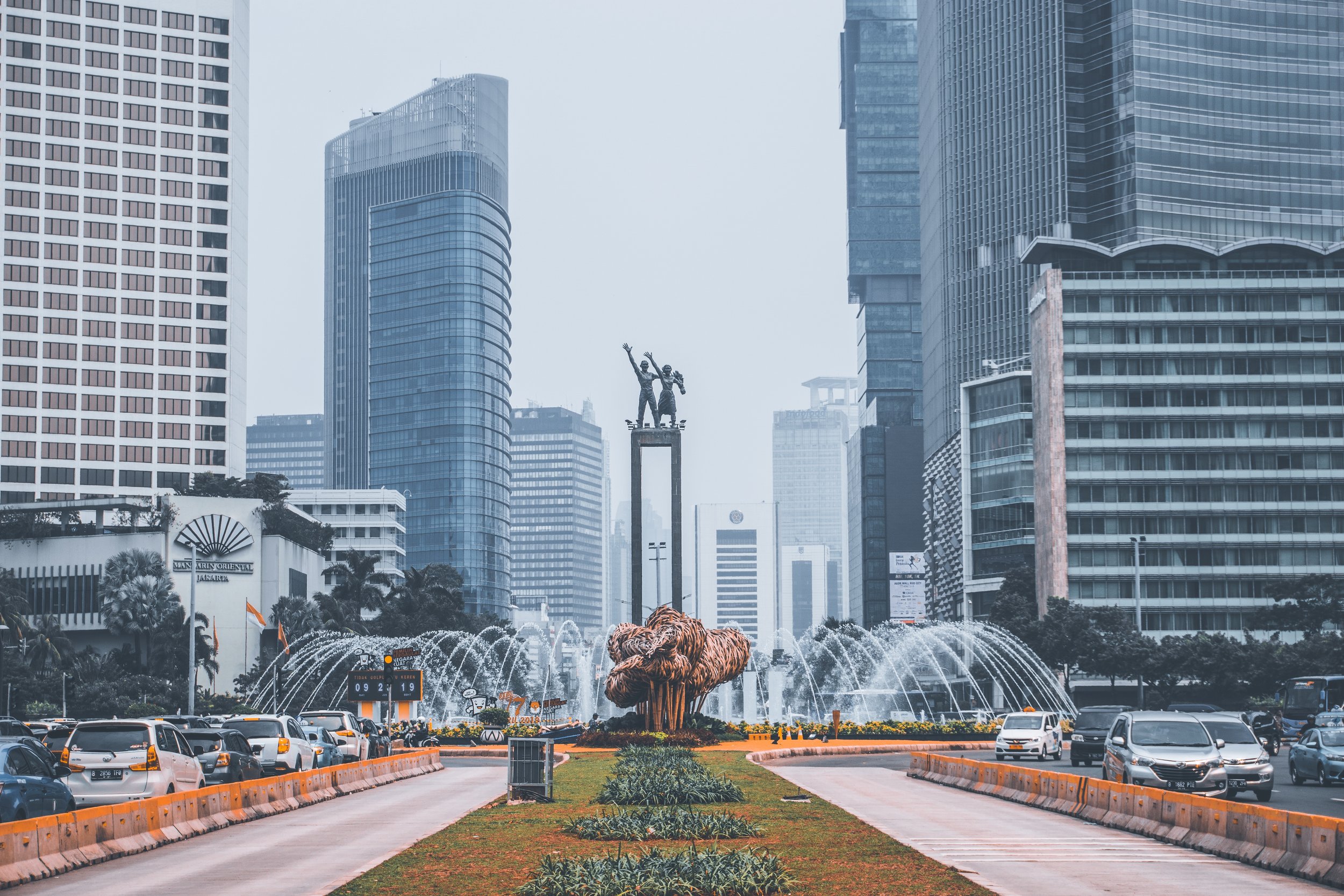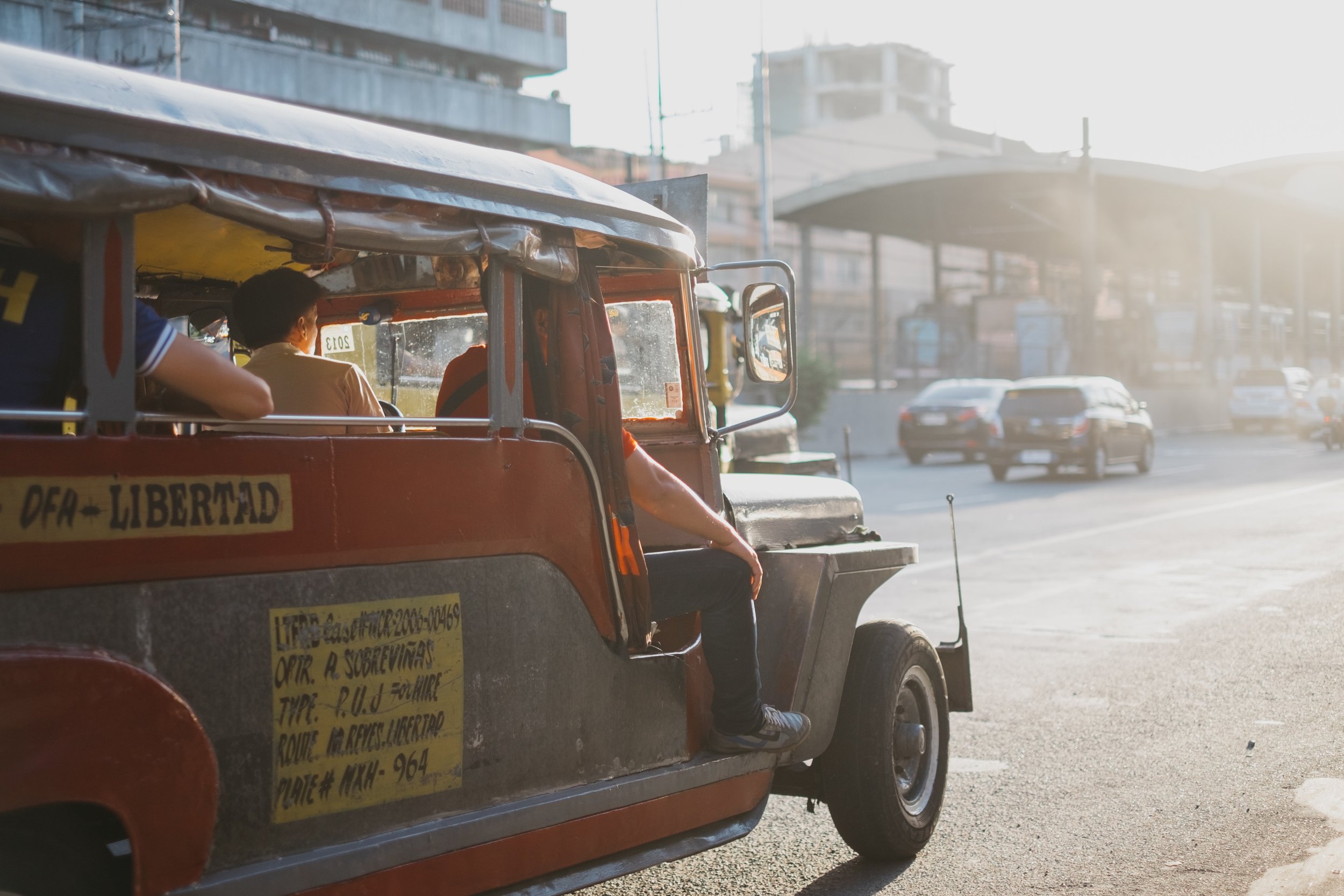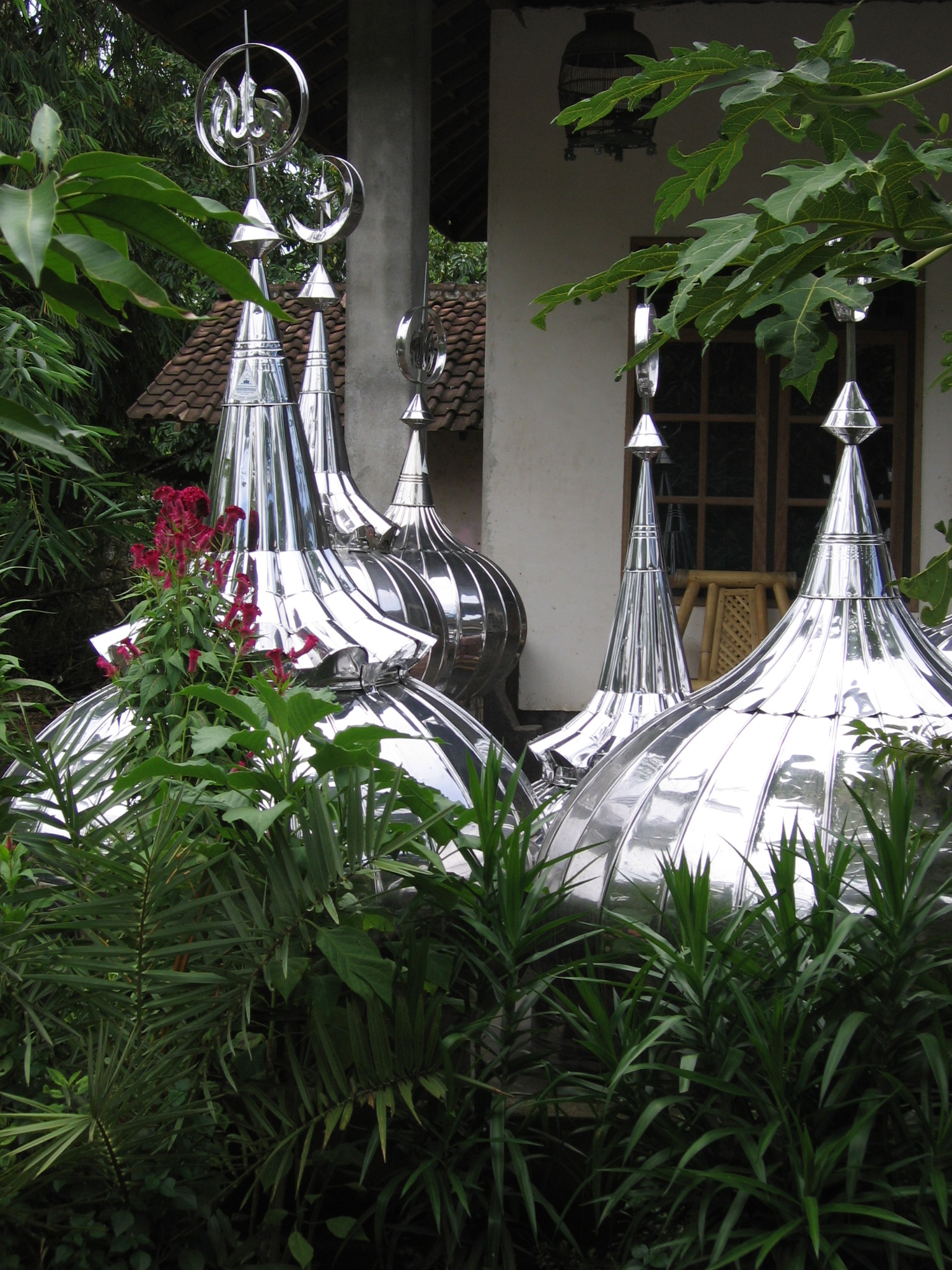Magsaysay Awardee Essays
The Ramon Magsaysay Award emerged from efforts in 1957 of John D. Rockefeller 3rd and his siblings to honor the Philippine president Ramon Magsaysay in the wake of Magsaysay’s death in a plane crash that year. In concert with prominent Filipinos, the Rockefellers seized upon the idea of an award to serve as a living memorial to the late president. Although inspired by the Nobel Prize, this new award explicitly addressed Asia. Its recipients were to exemplify the “greatness of spirit shown in service to the people” that the founders identified with Magsaysay. The first Magsaysay Awards were presented in 1958 and they have been given annually ever since. From 1958 until 2008, a period of fifty years, the awards themselves and the Ramon Magsaysay Award Foundation (RMAF), which administers the awards program, were underwritten by the Rockefeller Brothers Fund, or RBF. All awardees, however, were chosen by the Foundation’s Filipino board of trustees. (After 2008, the Foundation and its awards have remained impactful. The Foundation has enlarged its board to include other Asians. Here is the RMAF website: https://www.rmaward.asia/)
My direct affiliation with the Ramon Magsaysay Award Foundation spanned twenty years, during which time I served as the RBF liaison with the Manila-based Foundation and in other consulting capacities. My work included the Foundation’s biography project, which had begun under my predecessor, Marjorie Ravenholt. This project sought to document and contextualize the lives and work of the awardees in detail. It involved conducting lengthy life-history interviews (oral histories) with each subject and amassing other primary and secondary sources about them. The finished essays were published periodically in the multivolume RMAF book of record, The Ramon Magsaysay Awards. These biographies and essays were written to scholarly standards but were not refereed by outside scholars and, with a public audience in mind, do not employ footnotes. They were reviewed for factual correctness by the subjects themselves.
The following list provides citations for the essays and links to the full documents.
A
Angel C. Alcala was elected to receive the Ramon Magsaysay Award in 1992 for “his pioneering scientific leadership in rehabilitating the coral reefs of the Philippines and in sustaining for Filipinos the natural abundance of their country’s marine life.”
Eduardo Jorge Anzorena was elected to receive the Ramon Magsaysay Award in 1994 for “fostering a collaborative search for humane and practical solutions to the housing crisis among Asia’s urban poor.”
The Asian Institute of Technology was elected to receive the Ramon Magsaysay Award in 1989 for “shaping a new generation of engineers and managers committed to Asia in an atmosphere of academic excellence and regional camaraderie.”
B
Alfredo R.A. Bengzon was elected to receive the Ramon Magsaysay Award in 1991 for “his courageous demonstration that urgent social goals, however strongly opposed, can be achieved through the machinery of democratic government.”
C
Shih Cheng-yen was elected to receive the Ramon Magsaysay Award in 1991 for “awakening Taiwan’s modern people to the ancient Buddhist teachings of compassion and charity.”
Banoo Coyaji was elected to receive the Ramon Magsaysay Award in 1993 for “mobilizing the resources of a modern urban hospital to bring better health and brighter hopes to Maharashtra’s rural women and their families.”
“Banoo Coyaji,” The Ramon Magsaysay Awards 11 (Manila: The Ramon Magsaysay Awards, 1999), 182-201.
D
John Vincent Daly and Paul Geong-gu Jei were elected to receive the Ramon Magsaysay Award in 1986 for “their education and guidance of the urban poor to create vigorous, humanly sound satellite communities” in South Korea.
F
Fei Xiaotong was elected to receive the Ramon Magsaysay Award in 1994 for “giving Chinese substance to the modern social sciences and applying them rigorously to the needs of China and its people.”
Masanubo Fukuoka was elected to receive the Ramon Magsaysay Award in 1988 for “his demonstration to small farmers everywhere that natural farming offers a practical, environmentally safe, and bountiful alternative to modern commercial practices and their harmful consequences.”
H
Dato’ Haji Hanafiah bin Haji Ahmad was elected to receive the Ramon Magsaysay Award in 1987 for “enabling tens of thousands of Malaysian Muslims to accumulate savings and safely and economically make a cherished pilgrimage to Mecca.”
Ho Ming-teh was elected to receive the Ramon Magsaysay Award in 1995 for “improving rural Taiwan with good deeds and sturdy bridges.” Co-authored with William Huang.
I
International Institute of Rural Reconstruction (IIRR) was elected to receive the Ramon Magsaysay Award in 1986 in recognition of “its training of agrarian development workers from four continents, enabling them to share experience and ideas for more effective progress.”
Noboru Iwamura was elected to receive the Ramon Magsaysay Award in 1993 for “heeding the call of the true physician in a lifetime of service to Japan’s Asian neighbors.”
J
Lakshmi Chand Jain was elected to receive the Ramon Magsaysay Award in 1989 for “his informed and selfless commitment to attack India’s poverty at the grass-roots level.”
Hans Bague Jassin was elected to receive the Ramon Magsaysay Award in 1987 “for preserving for Indonesians their literary heritage.”
K
Kim Im Soon was elected to receive the Ramon Magsaysay Award in 1989 for “nurturing hundreds of abandoned and handicapped children to adulthood in an atmosphere of beauty and love.”
L
Bienvenido Lumbera was elected to receive the Ramon Magsaysay Award in 1993 for “asserting the central place of the vernacular tradition in framing a national identity for modern Filipinos.”
M
Aloysius Benetictus Mboi and Nafsiah Mboi-Walinono were elected to receive the Ramon Magsaysay Award in 1986 for “their open-hearted invigoration of government and cooperating agencies, bringing practical rural progress and new self-motivation to nearly three million villagers in Indonesia’s bleakest province.”
P
Pramoedya Ananta Toer was elected to receive the Ramon Magsaysay Award in 1995 for “illuminating with brilliant stories the historical awakening and modern experience of the Indonesian people.”
Press Foundation of Asia was elected to receive the Ramon Magsaysay Award in 1989 for “guiding Asia’s press to look beyond national borders and speak intelligently to complex issues of regional change and development.”
R
James Bertram Reuter, Jr., S.J. was elected to receive the Ramon Magsaysay Award in 1989 for “employing his gifts as writer, theatrical director, and broadcaster, but most of all as teacher, to make the performing arts and mass media a vital force for good in the Philippines.”
The Royal Project of Thailand was elected to receive the Ramon Magsaysay Award in 1988 for “its concerted national and international effort to curtail opium growing by bringing worthy livelihoods to Thailand’s hill tribes.”
S
Abdul Samad Ismail was elected to receive the Ramon Magsaysay Award in 1994 for “applying his intellect and journalistic skills to champion national independence, cultural revival, and nation-building in Malaysia.”
Miriam Defensor Santiago was elected to receive the Ramon Magsaysay Award in 1988 for her “bold and moral leadership in cleaning up a graft-ridden government agency.”
Veditantirige Ediriwira Sarachchandra was elected to receive the Ramon Magsaysay Award in 1988 for “creating modern theater from traditional Sinhalese folk dramas and awakening Sri Lankans to their rich cultural and spiritual heritage.”
Ravi Shankar was elected to receive the Ramon Magsaysay Award in 1992 for “enriching India and the world with his sublime mastery of the sitar and with music that colors the mind.”
Shoaib Sultan Khan was elected to receive the Ramon Magsaysay Award in 1992 for “nurturing self-reliant development and bringing hope to the forgotten peoples of high Pakistan.”
Princess Maha Chakri Sirindhorn was elected to receive the Ramon Magsaysay Award in 1991 for “making her royal office an instrument of enlightened endeavor for Thailand, and her sparkling embodiment of the best that is Thai.”
Chamlong Srimaung was elected to receive the Ramon Magsaysay Award in 1992 for “his exemplary governorship of Bangkok and his fervent insistence that elections are the sole legitimate path to political power in Thailand.”
K.V. Subbanna was elected to receive the Ramon Magsaysay Award in 1991 for “enriching rural Karnataka with the world’s best films and the delight and wonder of the living stage.”
Washington Sycip was elected to receive the Ramon Magsaysay Award in 1992 for “fostering economic growth and mutual understanding in Asia through professionalism, public-spirited enterprise, and his own esteemed example.”
T
Richard William Timm was elected to receive the Ramon Magsaysay Award in 1987 for “his 35 years of sustained commitment of mind and heart to helping Bangladeshis build their national life.”
Seiei Toyama was elected to receive the Ramon Magsaysay Award in 2003 in recognition of his “twenty-year crusade to green the deserts of China in a spirit of solidarity and peace.”
V
Aree Valyasevi was elected to receive the Ramon Magsaysay Award in 1987 for “his contribution in improving the diets and promoting the good health of millions of Thai children.”
Mechai Viravaidya was elected to receive the Ramon Magsaysay Award in 1994 for “mounting creative public campaigns in Thailand to promote family planning, rural development, and a rigorous, honest, and compassionate response to the plague of AIDS.”
W
Abdurrahman Wahid was elected to receive the Ramon Magsaysay Award in 1993 for “guiding Southeast Asia’s largest Muslim organization as a force for religious tolerance, fair economic development, and democracy in Indonesia.”
X
Vo Tong Xuan was elected to receive the Ramon Magsaysay Award in 1993 for “combining practical scientific research and effective advocacy to improve the lives of Vietnam’s farmers.”
Y
Mohammad Yeasin was elected to receive the Ramon Magsaysay Award in 1988 for “moving rural Bangladeshis to self-reliance and economic security through an efficiently and honestly managed village cooperative.”
Diane Yun-peng Ying was elected to receive the Ramon Magsaysay Award in 1987 for “her contribution of economic reporting and business journalism to Taiwan’s industrial and commercial vitality.”
Z
Zakiah Hanum binti Abdul Hamid was elected to receive the Ramon Magsaysay Award in 1989 for “showing Malaysians how an expertly run archive system can illuminate their country’s past and play a vital role in its present.”



